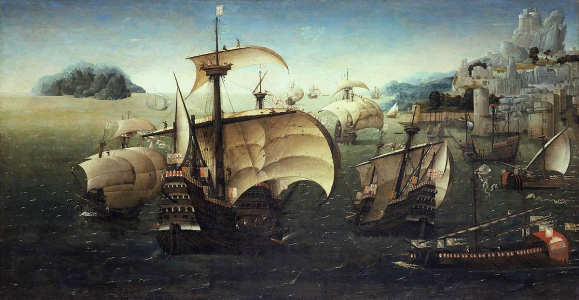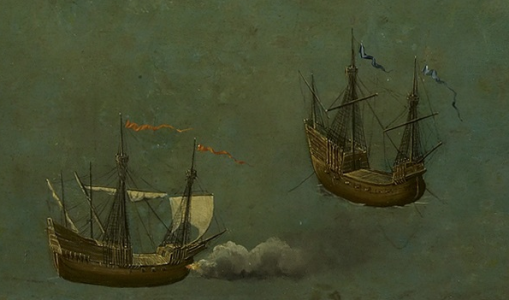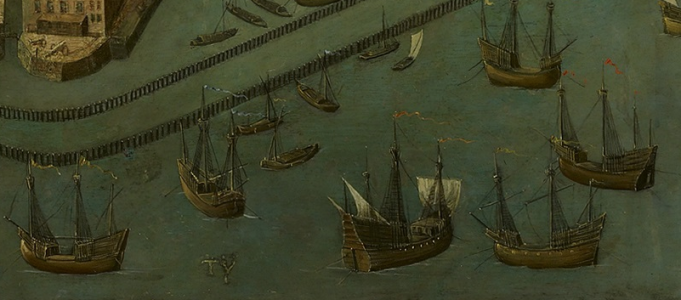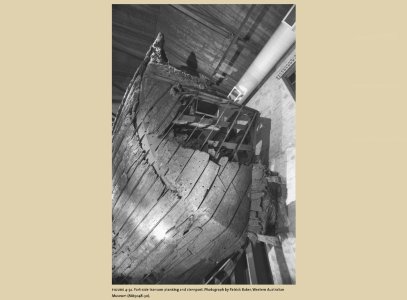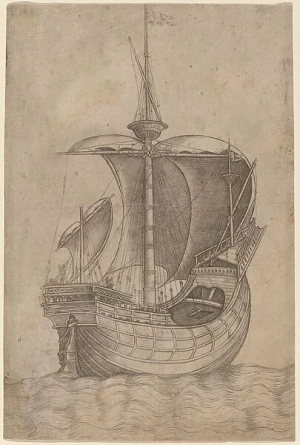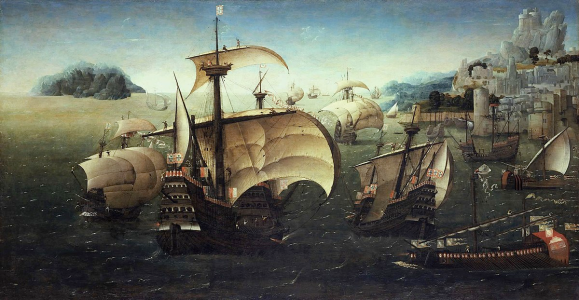Round vs. square tuck, an omnipresent issue that probably deserves a separate thread.
It should be stressed that the round tuck is in no way a new technology that appeared in England in the beginning of 17th century, and the square tuck is also in no way an obsolete technology that was eventually replaced. Both have their advantages and disadvantages and existed alongside each other for quite a long time, and in a sense - still do.
Alexander McKee in his book on Mary Rose mentions that she was initially built with a round tuck and only during her first rebuild the tuck was replaced with square one, as it was - at the time - considered better suited for mounting stern-facing battery.
Softwood-built frigates and even British royal yachts sported square-tuck sterns as late as during Napoleonic wars.
Apart from the Swedish ship Mars of 1563, mentioned here, whose wreck exhibits a relatively classical round tuck stern, there are several other depictions of ships with round tuck sterns alongside ships with square tucks, for example:
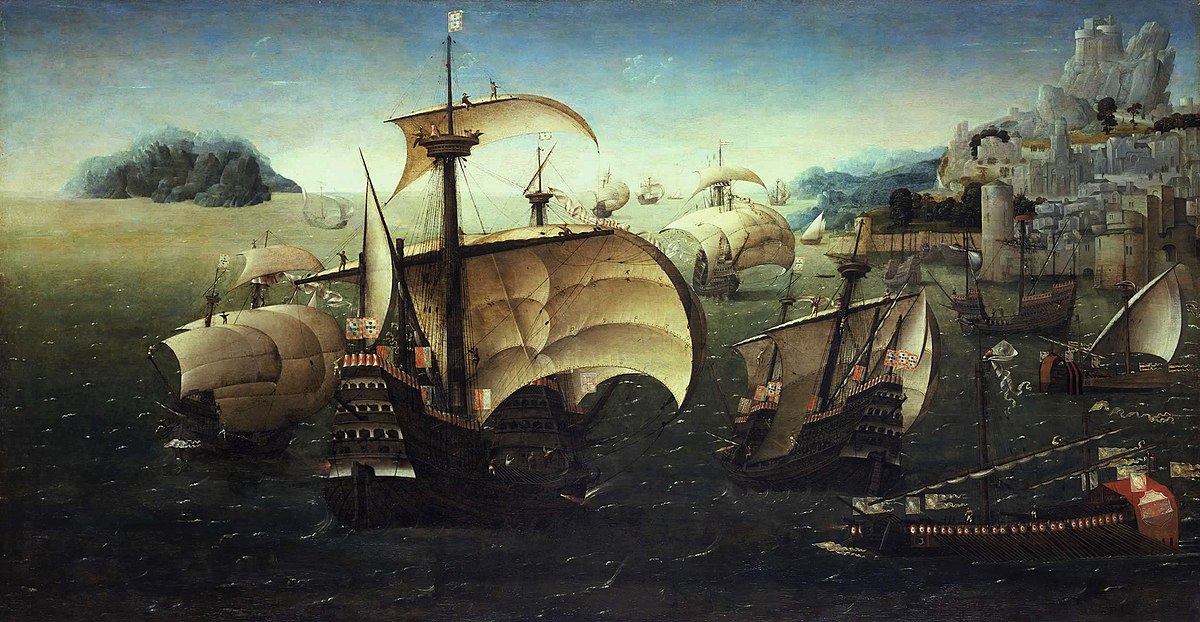
 en.wikipedia.org
en.wikipedia.org

 commons.wikimedia.org
commons.wikimedia.org
It should be stressed that the round tuck is in no way a new technology that appeared in England in the beginning of 17th century, and the square tuck is also in no way an obsolete technology that was eventually replaced. Both have their advantages and disadvantages and existed alongside each other for quite a long time, and in a sense - still do.
Alexander McKee in his book on Mary Rose mentions that she was initially built with a round tuck and only during her first rebuild the tuck was replaced with square one, as it was - at the time - considered better suited for mounting stern-facing battery.
Softwood-built frigates and even British royal yachts sported square-tuck sterns as late as during Napoleonic wars.
Apart from the Swedish ship Mars of 1563, mentioned here, whose wreck exhibits a relatively classical round tuck stern, there are several other depictions of ships with round tuck sterns alongside ships with square tucks, for example:

File:Portuguese Carracks off a Rocky Coast.jpg - Wikipedia



